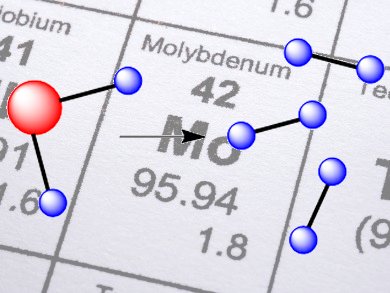The photoelectrochemical (PEC) splitting of water represents a cheap and clean way to produce hydrogen fuel. Most current PEC cells require platinum, or other expensive metal, catalysts.
Ib Chorkendorff and colleagues, Technical University of Denmark, have looked at hydrogen producing enzymes to identify a possible replacement for platinum. They found that molybdenum sulfide clusters evolve H2 at rates comparable to Pt. The cubane-like clusters (Mo3S4) were coupled to a silicon semiconductor electrode that harvests light from the red region of the spectrum.
From the current densities achieved, the team predicts that PEC systems based on Mo could reach a solar-to-hydrogen efficiency in excess of 10 %.
- Bioinspired molecular co-catalysts bonded to a silicon photocathode for solar hydrogen evolution
Y. Hou, B. L. Abrams, P. C. K. Vesborg, M. E. Björketun, K. Herbst et al.,
Nature Mater. 2011.
DOI: 10.1038/nmat3008




